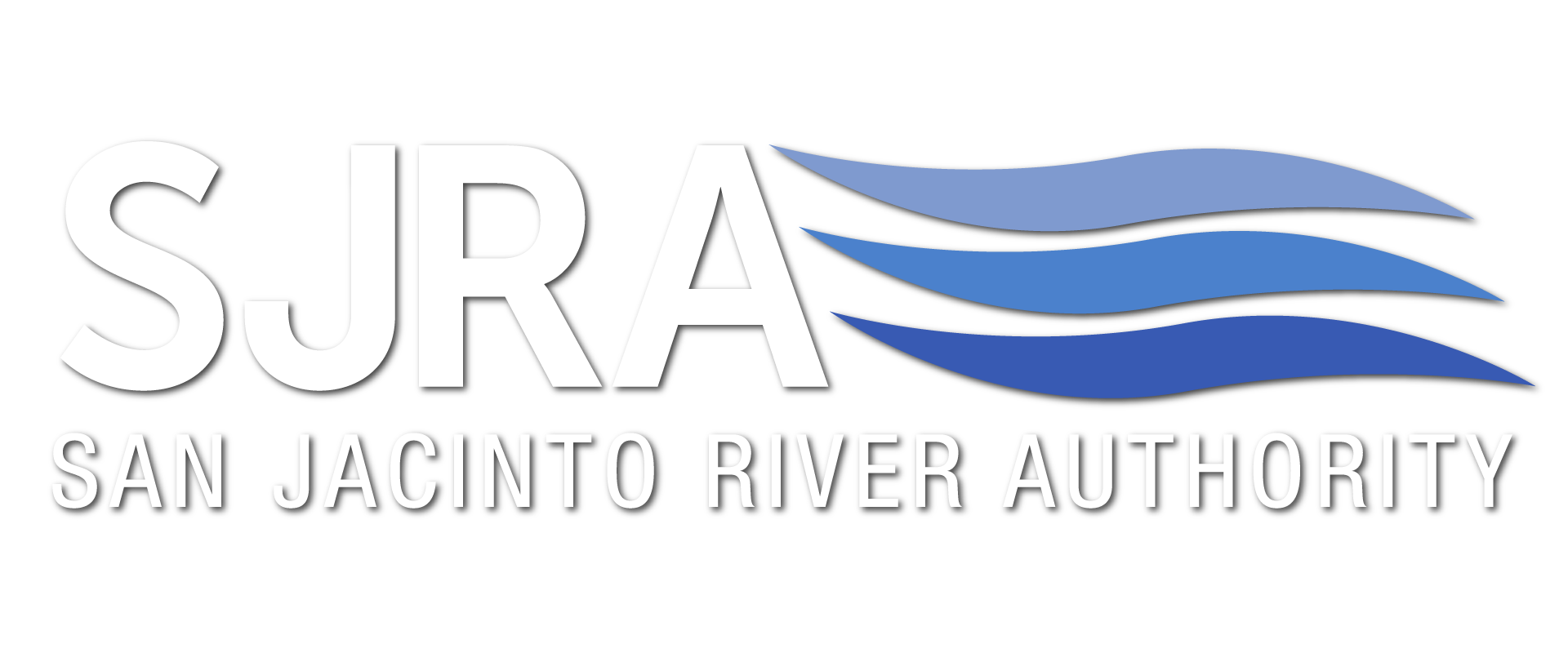Reducing Fats, Oils, and Grease in Your Commercial Kitchen
Any business or institution with a commercial kitchen has to deal with FOG. Commercial kitchens are found in restaurants, hospitals, churches, hotels, nursing homes, mobile food preparation facilities, etc.
Using best management practices can:
- lessen the likelihood of losing revenue to emergency shutdowns caused by sewage backups and expensive bills for plumbing and property repairs
- lessen the likelihood of lawsuits by nearby businesses over sewer problems caused by your negligence
- lessen the likelihood of lawsuits from workers or the public exposed to raw sewage during a backup
- reduce the number of times you have to pump and clean your grease interceptors or traps
- lessen the likelihood of surcharges from your local sewer authority or chargebacks for repairs to sewer pipes attributable to your FOG
- reduce testing requirements imposed due to a history of violations
- lessen the likelihood of enforcement action by local authorities due to violations of ordinances
FOG FAQs
FOG BMP easy reference
Interceptor Maintenance
Interceptor Maintenance Log
Interceptor Program Document
Guidance Document for Sizing and Installation of Interceptors
SAMPLE Plumbing Floor Plan
Interceptor Permit Application and Instructions
Industrial Pretreatment Program
What is the Industrial Pretreatment Program?
Pretreatment is the reduction of the amount of pollutants, the elimination of pollutants, or the alteration of the nature of pollutant properties in wastewater prior to, or in lieu of, introducing such pollutants into the Publicly Owned Treatment Works (POTW). This reduction or alteration can be obtained by physical, chemical, or biological processes; by process change or by other means, except by diluting the concentration of the pollutants unless allowed by an applicable pretreatment standard. Pretreatment is a requirement of large volume wastewater dischargers and commercial establishments that meet certain requirements identified in the 40 CFR 403 rules (Code of Federal Regulations).
Pursuant to Texas Pollution Discharge Elimination System (TPDES) permit, SJRA is required to develop a pretreatment program to comply with the General Pretreatment Regulations in 40 CFR Part 403. In accordance with these regulations, SJRA has developed its Pretreatment Program Order to encompass the entire wastewater system.
Pretreatment Guidelines and Enforcement Provision
The SJRA Pretreatment Program Order (Order) sets forth uniform requirements for users of the wastewater collection, treatment, and disposal facilities owned by SJRA and the wastewater collection systems owned and operated by the Customer Districts (collectively, the POTW). The Order enables SJRA and the Customer Districts to comply with all applicable State and Federal laws regarding pretreatment requirements, including the Clean Water Act (33 United States Code § 1251 et seq.) and the General Pretreatment Regulations (40 Code of Federal Regulations Part 403).
SJRA enforces local limits, as mandated by the TCEQ, EPA and the Clean Water Act. SJRA has developed the proposed discharge limits as set out below:
| Parameter | Proposed limit (mg/L) |
| Arsenic | 0.2 |
| Cadmium | 0.1 |
| Chromium | 4 |
| Copper | 2 |
| Lead | 0. |
| Mercury | 0.001 |
| Molybdenum | 0.8 |
| Nickel | 3 |
| Selenium | 0.2 |
| Silver | 0.8 |
| Zinc | 4 |
| Cyanide | 0.6 |
The National Pretreatment Program identifies specific requirements that apply to all Industrial Users (IUs) or nondomestic sources of wastewater to a Publicly Owned Treatment Works (POTW), additional requirements that apply to all Significant Industrial Users (SIUs), and certain requirements that only apply to Categorical Industrial Users (CIUs). The objectives of the National Pretreatment Program are achieved by applying and enforcing three types of discharge standards:
- Prohibited Discharge Standards
- Categorical Pretreatment Standards
- Local Limits
Sanitary Sewer Surcharge on High Strength Waste
High Strength Waste is a term generally applied to the relative strength of a commercial or industrial liquid waste that is discharged into the sewer system. Wastewater is considered high-strength wastewater when concentrations of the 5-day biochemical oxygen demand (BOD) or total suspended solids (TSS) exceed the concentrations of BOD or TSS in domestic wastewater, calculated values of which are 200 mg/l for BOD and 220 mg/l for TSS.
A sanitary sewer surcharge is imposed on an industrial user for discharges containing concentrations of Biochemical Oxygen Demand (BOD) and/or Total Suspended Solids (TSS) exceeding the calculated threshold values. Treatment and removal of “high-strength” waste requires extra operating expenses such as the costs of additional chemicals, power, solids storage capacity, and final disposal. The surcharge is designed to recover these Operations and Maintenance (O&M) costs for treating high-strength waste.
Industrial Waste Survey Form
Instructions for Industrial Waste Survey

